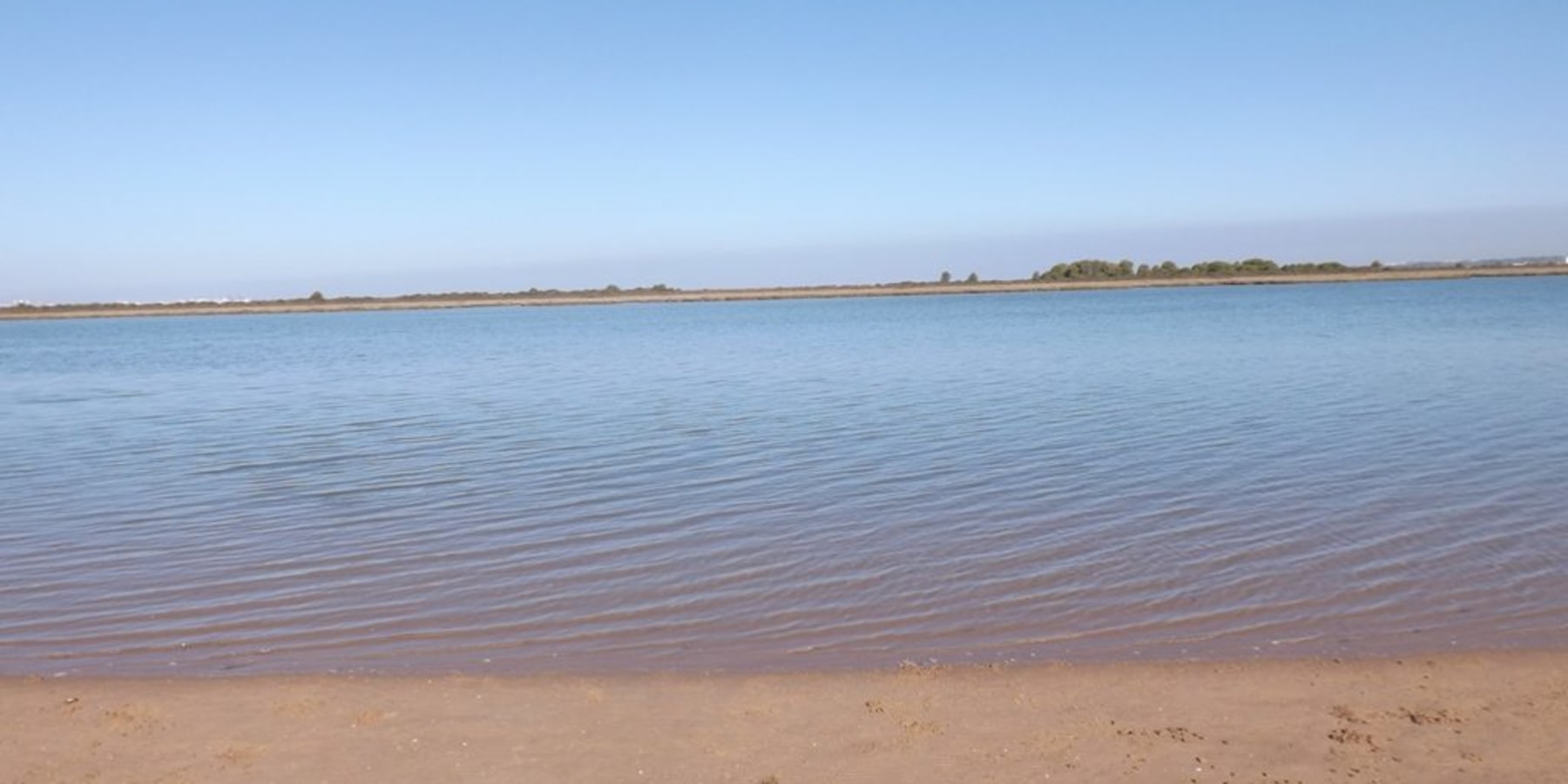I could not imagine that when I was a child, that the space surrounded by salt flats, which was the continuation of Valdelagrana Beach, my summer resort in El Puerto de Santa María, would become a protected area, a bird sanctuary and a place for ecotourism one day.
As a child, we used to take a small road that went out from the edge of the urbanization, where houses did not arrive, to arrive at the Levante Beach which used to be an undeveloped beach separated by pipes that were popularly called “ramones”. We used to go here since it was the place to arrive with your pet and families for some peace and quiet before the urbanization of beaches. I did not imagine, that at the end of that month of July 1989, it would become a natural park.
The whole enclosure, surrounded by pine forests used to be hunting area for partridges and rabbits and the natural and artificial marshes, little by little was surrounded by fences until the point that access to vehicles was limited for only pedestrian or cyclists to pass through.
From that moment we discovered a natural space that we were not aware of. When we walked without the presence of motor vehicles, we could see species of animals that moved around us, reptiles, rabbits and all kinds of birds that inhabit the marsh and San Pedro estuary. Numerous spaces came here to nest like the salt pans that ended up being abandoned only to become a marine ecosystem and allowing the exchange with the estuary and the sea; a process of protection that gave rise to the increase in biodiversity. Due to the decreasing action of the human being, birds began to flock in large numbers here to nest, including seagulls, stilts, spoonbills, plovers or small terns. All this made the park area an ideal place for ornithological lovers.
The park has a wooden bridge that joins both banks of the San Pedro estuary, the area of the Toruños marsh and the Algaida pine forest.
This space immersed in the Natural Park of the Bay of Cádiz is also a space for nature sports. However, we must not miss the hiking routes along the different zones to contemplate the ecosystems such as the Pinar de la Algaida (if we are lucky we can see the chameleon) and the marshes. When the lakes here are covered with flowers during the spring, it gives a spectacular color to the park.
The different roads and their different degrees of difficulty, are also ideal for lovers of mountain biking who wish to enjoy diverse natural landscape with the background of the ancient city of Cádiz and its shipyards.
For sea lovers, kayak and sailing routes are offered along the San Pedro river, and with which we can even move through the pipes, reminding us of an ecosystem more similar to a tropical mangrove, where you can contemplate the birds that are approaching to eat in even see jump on us schools of fish that are approaching to feed the marsh.
These are the activities of the day, but at night things change. In a few years, athletic tests and nocturnal survival routes that give a special atmosphere are being held, but we should not forget, either, the Levante Beach as a place of astronomical vision and where you can contemplate the stars and planets with the use of the telescope and other technical means of this discipline. The night of August 12-13, with the fall of the Perseids, a vision of these shooting stars on the Levante beach is an unforgettable experience.
Although it is not free of hazards and threats, we can say that the protection towards this space is bearing fruit and we can give as an example to follow a type of sustainable tourism.
BY TARTESSOS LUXURY TRIPS
http://www.tartessoslt.com/gb/2018/01/24/el-parque-de-los-torunos/

